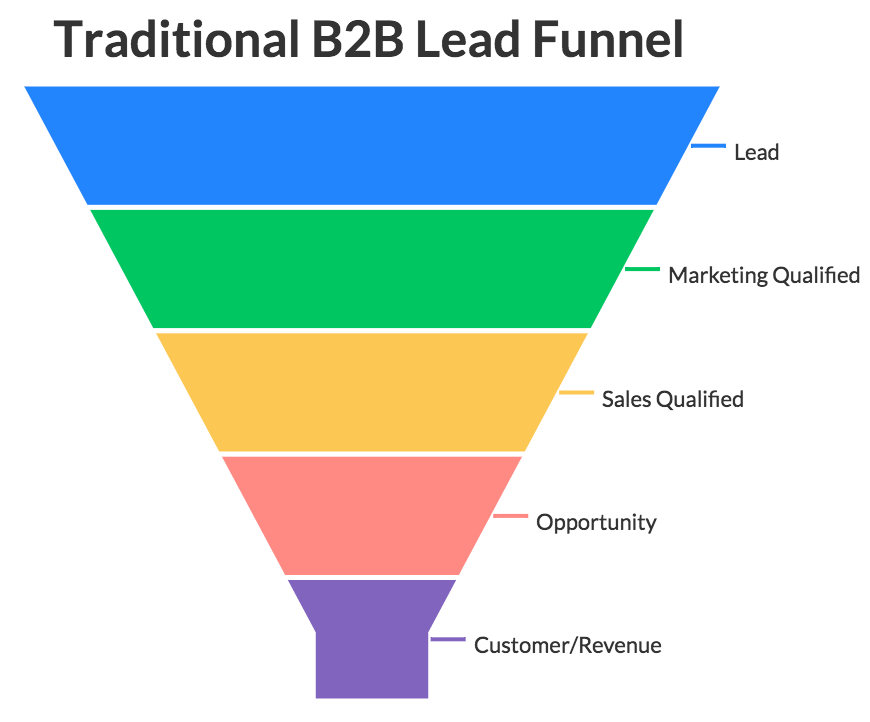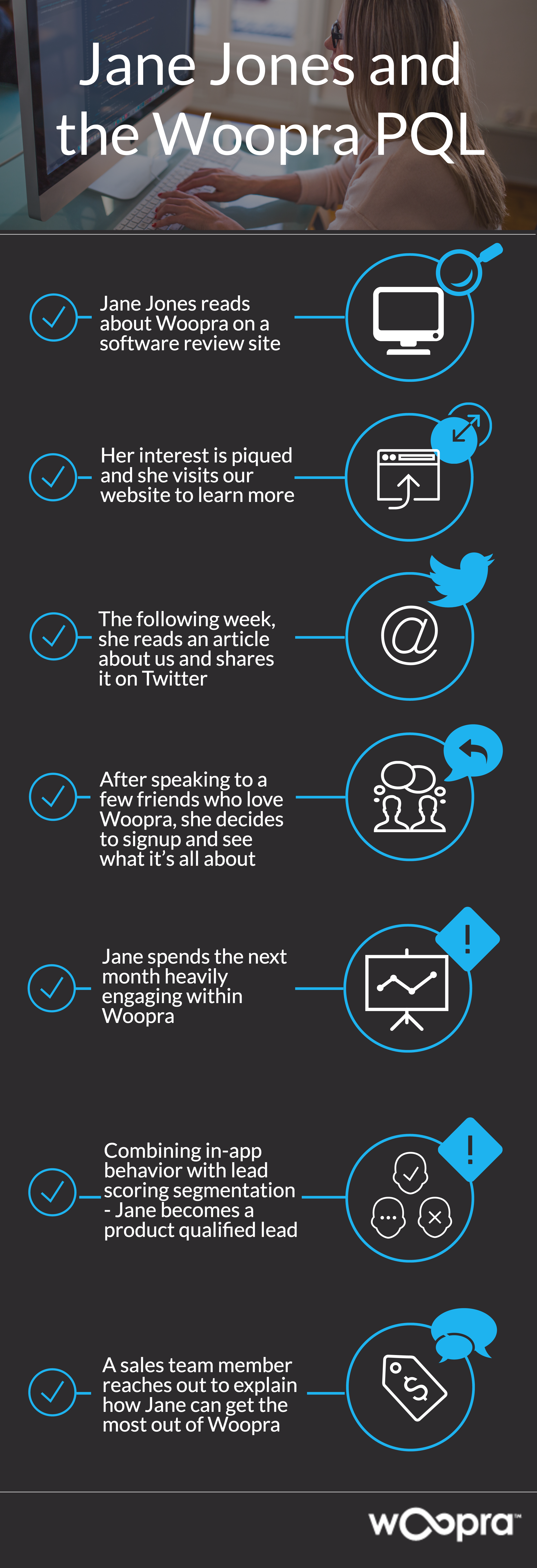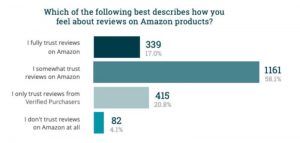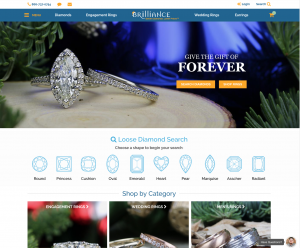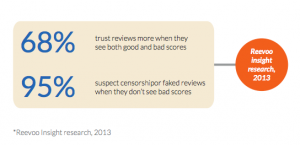Throughout the last decade, the explosion of the freemium model – a combination of “free” and “premium” – for cloud-based software has had a profound impact on the way B2B companies identify and convert customers.
In the freemium model, users gain access to basic product features with the ability to upgrade to a paid subscription after exceeding a quota or requiring additional functionality. This ‘try before you buy’ strategy has given birth to some of the most successful SaaS companies on the market today – think Slack, Mailchimp, Wistia, and Box. Yet, where some built an empire, others collapsed under the pressure – attempting to grow a user base as quickly as possible to prove product-market-fit while losing sight of who they’re building for and why.
Despite the moaning and wailing, proclaiming the death of the freemium model, we’re here to tell you that it’s not going anywhere. Instead it’s evolving, and we have data to thank for that. The companies that prove the value of freemium are harnessing their vast data-sets to pioneer a new piece of the sales funnel that reduces waste, boosts efficiency and converts leads at around 50 percent – the Product Qualified Lead (PQL).
Step One: Flipping the Antiquated Lead Funnel
If you’ve ever worked in sales or marketing at a B2B company, you’re probably familiar with lead qualification terminologies such as Sales Qualified Lead (SQL) and Marketing Qualified Lead (MQL). As new leads enter the system, they travel through the funnel by matching defined marketing engagement criteria until the visitor eventually becomes a customer or is identified as unqualified.
Glancing at this funnel, it looks simple and makes seamless, right? Prospects hear about you through a source or campaign, find your website and complete and lead form, eventually becoming a happy, loyal customer. The problem is that the reality of today’s customer journey often directly contradicts this beloved and strictly adhered to funnel.
According to Gartner Group, “80 percent of your company’s future revenue will come from just 20% of your existing customers.” This means that while your team may be focused on driving leads in the top – what they really should be focused on is opportunities at the bottom.
There are crucial touch points that occur throughout the buying journey that are missed in the traditional funnel. But, the engagement that occurs after a user has started to test your product is even more crucial. Here’s an example of a buyer’s journey taking place every day here at Woopra that challenges this antiquated model:
Following the traditional lead flow, the sales team might get notified if a new user creates an account or completes a form. But, with freemium models bringing in thousands of new accounts a day, where do you focus your efforts?
By monitoring Jane’s in-app engagement data, we know that she deserves a phone call or placement in a targeted drip campaign. We can see her path from the moment she became aware of Woopra and know that she’s been actively using our product. Jane is a product qualified lead. She’s already immersed in our tool and has a high likelihood of becoming a paying customer.
Tom Wentworth, CMO at RapidMiner explains that in a PQL, “users qualify themselves by using the product and inside sales exists to support them through the journey and set the stage for a long-term relationship with the customer.” In that light, here’s a more accurate representation of a lead funnel that integrates a PQL engine:

The traditional funnel is flipped 180 degrees – starting instead with product adoption. Time and energy is invested in those leads that have raised their hands, are happily engaging with the product and qualify for a more robust offering. Here, the buying process is no longer linear with prospects coming in at the top and moving out the bottom. Instead, they go through an ongoing set of touchpoints before, during and after purchase.
Jonathan Becher, CMO at SAP, said it best in this piece by the Harvard Business Review, “the pivot is the experience, not the purchase.” And, for a company operating on a ‘try before you buy’ model, this experience is what will determine the success or failure of your company.
Step Two: Defining the Composition of Your PQL
Each company will define PQL differently because of the unique engagement metrics that make up your product. For example, at Woopra we look at the number of events a user is tracking – combined with proprietary lead scoring technology that measures corporate fit, demographic data and more to enhance qualification.
“The best definitions of PQL are informed by conversion correlation data, eg the behaviors trigger customers to convert paid,” writes Tomasz Tunguz, Venture Capitalist at Redpoint.
Whatever your definition, it should be clearly spelled out within the entire organization, remembering, that this definition should mature with time – just as your product evolves and changes. It’s no longer the sales or marketing teams that decide how to qualify a lead – now the product and engineering departments are heavily engrossed in this process and invested in the outcome.
Depending on the flavor of your freemium model, this defined set of criteria can be complemented by a lead scoring system. This accelerates the sales segmentation process by integrating user behavior that suggests upsell-readiness. According to MarketingSherpa, organizations that use lead scoring see a 77 percent lift in their lead generation ROI!
The caveat to this PQL recipe is that the majority of today’s leading lead scoring technologies don’t take into account the right combination of data points within a single platform. For example, Marketo can calculate a lead score based on activity such as web page visits, downloads, email opens and offer responses. Once a user identifies demographic information in a lead form (such as revenue, job title, industry), this information is combined to deliver a score that indicates a user’s propensity to purchase and is qualified as a Marketing Qualified Lead (MQL).
If you try to map these data points to the freemium lead funnel we outlined above, you’ll quickly realize that these “lead score” indicators are lacking the vital data points used in a PQL model. The most imperative of these being – product engagement. To get this recipe right, the PQL must be enriched by a combination of engagement, behavioral and demographic data.
Distinctly identifying the composition of your PQL, how it will be measured and the corresponding data points will catapult your ability to develop a seamless and self-funding PQL engine.
Step Three: PQL + Revenue= Team Alignment
Tying PQL to a revenue target will reveal an unparalleled level of team alignment. With cross-selling, up-selling and messaging being dependent upon feature engagement – all teams are equally vested in the success of the product. This is the next evolution of lead qualification. Integrating marketing, sales and product data to enable data-driven decisions and goals based on company revenue targets.
“Typically, the product and engineering teams don’t have goals tied to revenue which bisects a team into revenue generating components (sales and marketing) and cost centers (eng and product),” writes Tomasz Tunguz. “PQLs pull product and engineering into the fray. Everyone in the company has the same goal.”
After identifying what a PQL looks like in your organization and how it will be measured, you’ll realize a heightened collaboration between departments to drive PQLs further into the adoption cycle. According to Forrester, “74 percent of businesses say they want to be data-driven, but only 29 percent say they’re good at connecting analytics to actions.”
The PQL model enables teams to monitor engagement with new features or changes and instantly tie those actions to realized ROI across the entire organization. Taking these fundamental steps will set you on a trajectory for joining the ranks of organizations that are thriving on a booming freemium model, fueled by the PQL.
Business & Finance Articles on Business 2 Community(128)

